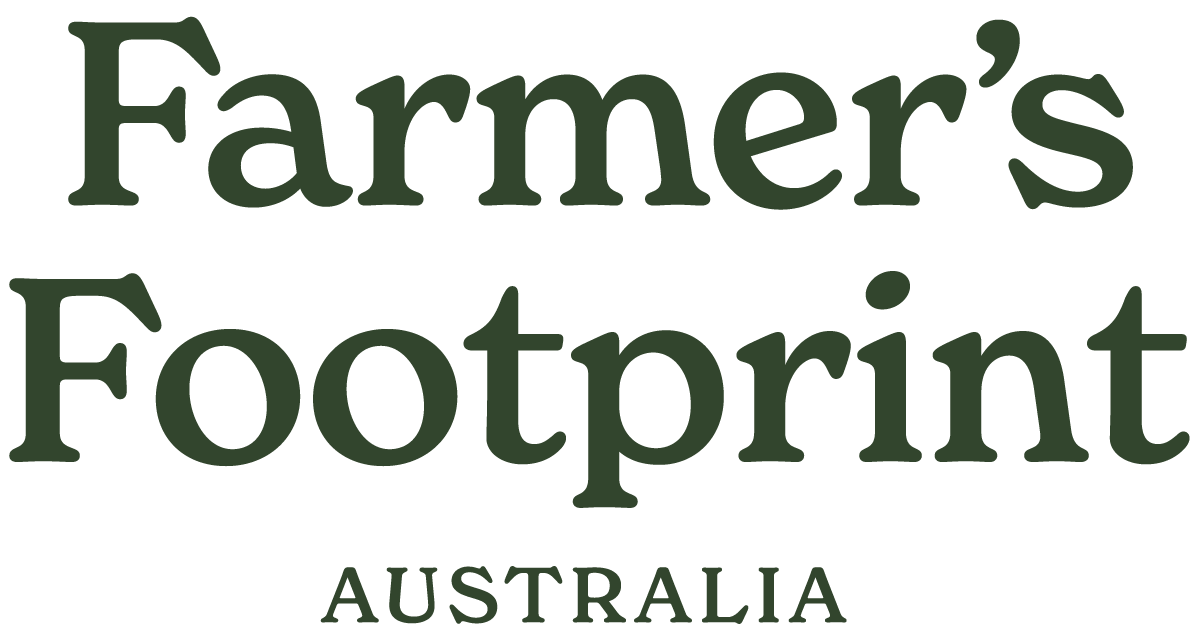Farm Yarns
Feather and Bone
Delete your uber eats account and spend the money on real food that keeps you healthy
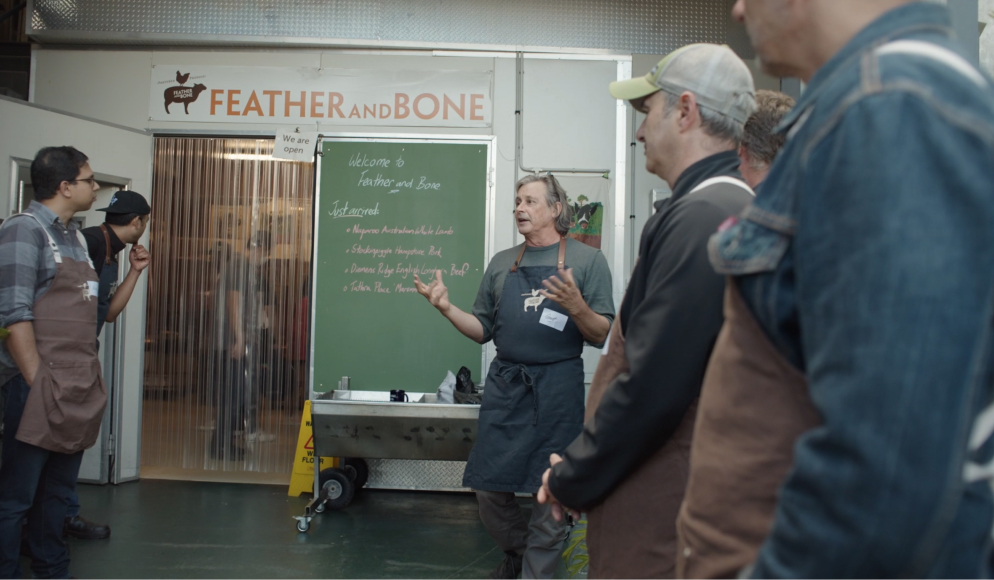
How did you find yourselves starting a butchery? Did you come from the industry itself or did another path lead you there?
We definitely didn’t come from the meat processing industry! I worked in branding, first as a graphic designer and then as a project manager and strategist and Grant trained as a filmmaker and worked on multimedia art projects. But Grant also loves food and cooking and wine and he worked front of house in restaurants for many years, eventually becoming a sommelier. It was the wine idea of ‘terroir’, or provenance, and the lack of it in food, that set him off on the journey to discover why there’s so little diversity in the meat we eat and if different breeds actually taste different. One thing led to another and before we knew it we were supplying rare breeds to chefs and Feather and Bone was born. 17 years of working with inspiring, maverick farmers, wonderful customers and many excellent employees, I’d say we’ve learned a few things and can claim some industry experience and knowledge.

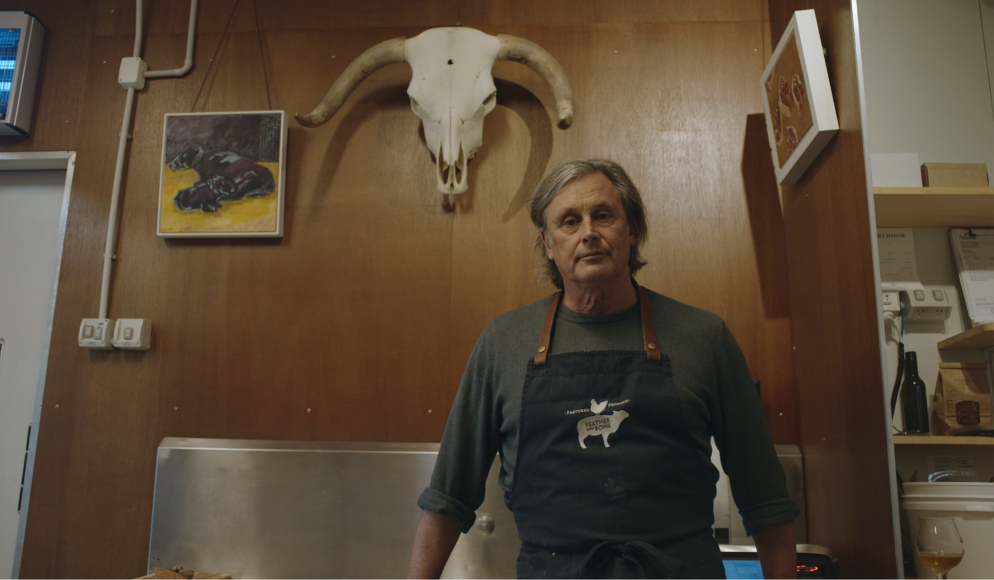
What does a typical day look like for you?
At the beginning it was just the two of us but these days we have a brilliant team who help us run the business so Grant and I can concentrate on our individual areas. Grant’s focus is producer relationships and supply and mine is marketing and story-telling. So a typical day for me is made up of a combination of research, writing, image-making, admin, planning and discussions with our chef and retail manager.
Regeneration is a state of mind. It is about flexibility, humility, generosity, agility, inventiveness, optimism – all anchored in an understanding that our survival depends on accepting that we are part of, not apart from, nature.
How did you come to decide that you would only buy whole animals?
It was a combination of necessity and intention. From the outset we could see the benefits of buying whole animals – the nose-to-tail diversity of different cuts, the principle of respecting the life given up by using everything and the ability to assess the overall condition of the animal which is invaluable information that we can feed back to the farmer. Receiving the animal intact, ‘on the bone’, also allows us to dry-age sections, a traditional practice which is rare in these days of carton (boned) meat and it also allows us better oversight of the way animals have been handled from the farm gate to our cool-room. Lastly, buying whole animals necessitates short supply chains, reduces the risk of substitution and allows much greater quality control. Often, we’ll visit a farm and then we’ll receive the same animals in our cool-room that we saw in the paddocks weeks or months earlier.
Also, buying animals whole is usually the only option if we want to buy from small-scale farmers because they generally don’t have the resources either to portion their animals for sale in parts or find multiple buyers for those parts. It’s all or nothing, which is fine by us.
Running an exclusively whole animal butchery is definitely much more interesting but much harder than buying boxes of the familiar cuts that you know you can sell.
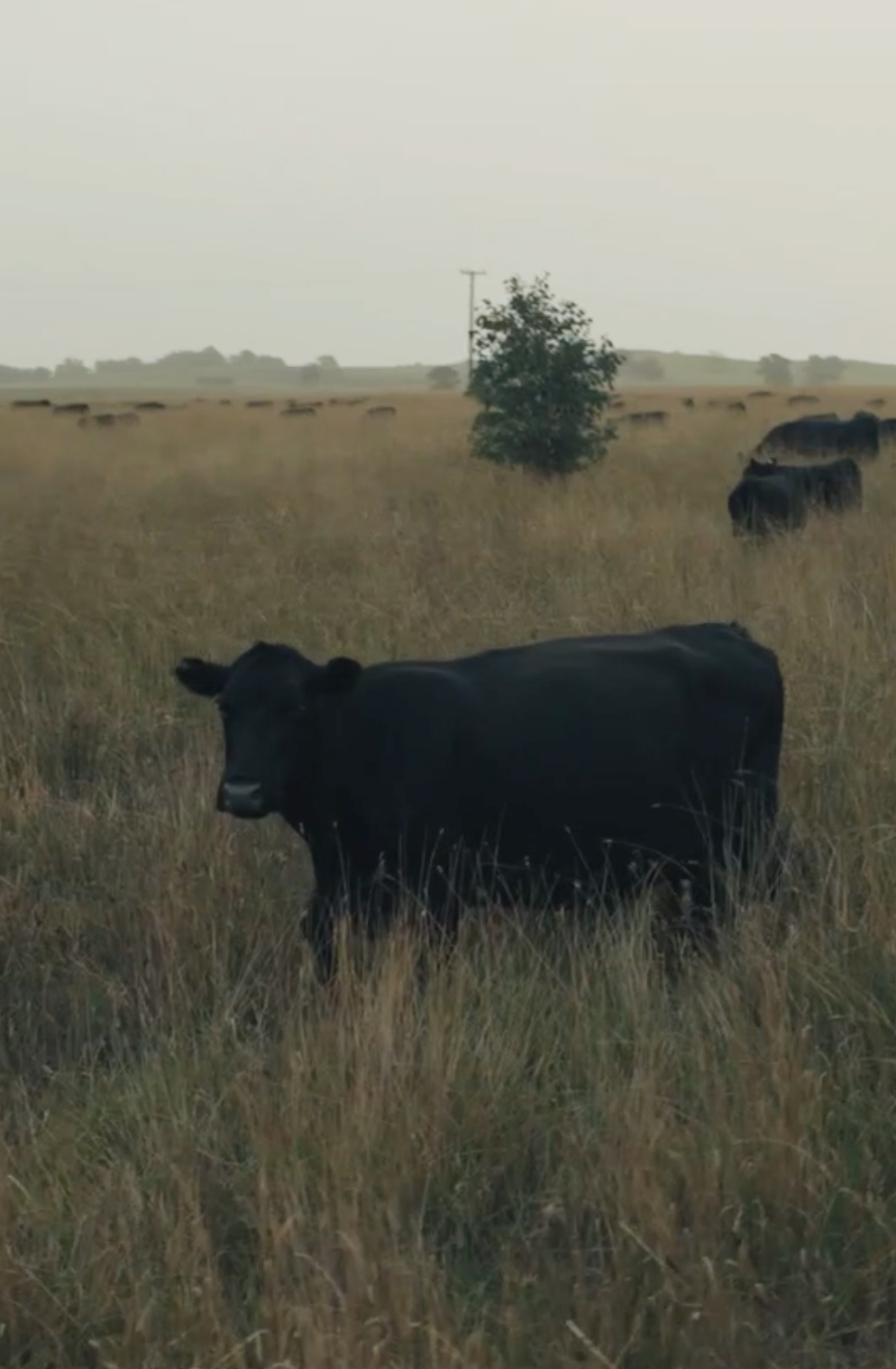
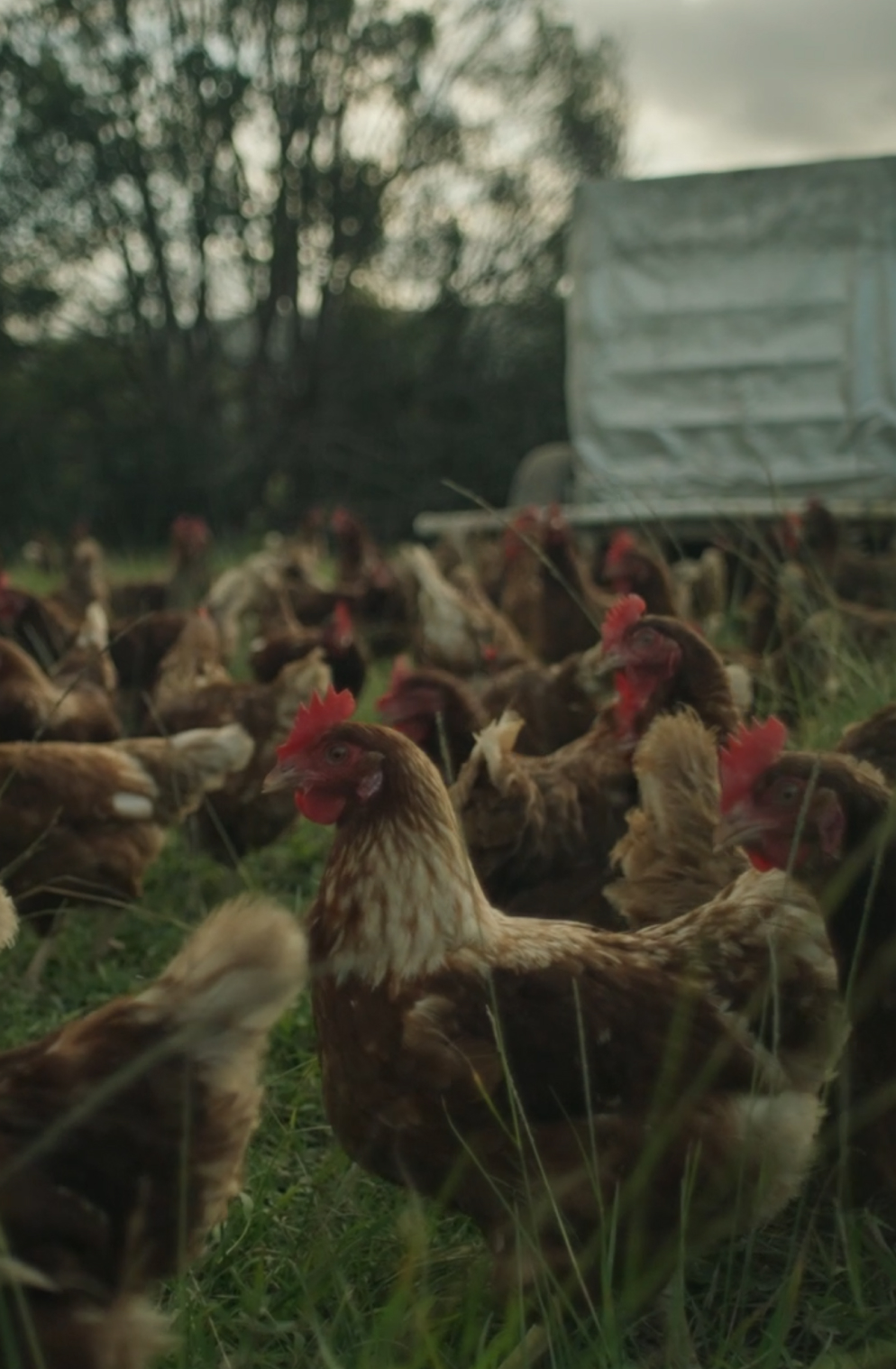
Are you able to give us some insight into the evolution of your relationship with your producers since you started to where they are now?
When we started, we were focused on the lack of diversity in animal products and we searched for heritage and rare breeds. This is still an important part of the sourcing approach but we soon came to understand that genetic diversity is only one aspect of growing brilliant quality food. From the beginning we wanted to work with progressive farmers growing animals on pasture which also meant us learning how to run a business with an inherent level of unpredictability built into the sourcing strategy. Animals grown outside are both stronger and also more susceptible to natural events such as losing a batch of pastured chicken from a fox attack. This is awful for the farmer, awful for us because we have no chickens to sell, and awful for our customers who cannot get the chicken they want. We realised we had to learn how to be a shock absorber between the farmer and the customer and to encourage our customers to see that, while it’s disappointing, it’s proof of a natural system at work; one which is infinitely more desirable than a shed full of incarcerated animals.
We’ve grown slowly over the years and the shock absorbing is easier when you’re a little bigger but it’s still there. We’re proud to say that there is a core group of growers who’ve been with us since the beginning, for over 15 years, and we’ve all grown and learned together.
What does diversity mean in your business?
Diversity is at the heart of everything. We seek diversity in products and breeds, among our employees and our farmers and customers are wonderfully diverse. Diversity keeps things interesting and offers all sorts of provocative opportunities for surprising and enlightening exchanges – in all communities, whether it is communities of soil microbes, insects or people.
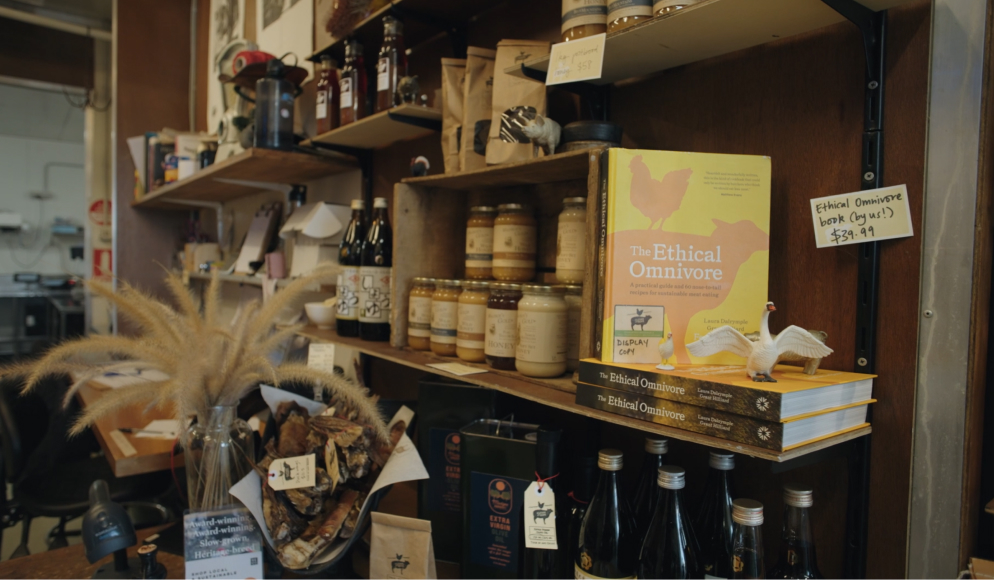
Diversity keeps things interesting and offers all sorts of provocative opportunities for surprising and enlightening exchanges – in all communities, whether it is communities of soil microbes, insects or people.
What has presented itself to be more of a challenge than anticipated? And in natural follow up, what has presented itself easier than you would have thought?
Managing the logistics of only buying whole animals is hard. It would be much easier to buy boxes of cuts we know we can sell, but it would be a much less interesting business. Also, being a retail shock absorber for natural farming is hard. The other major challenge is that customers who are disconnected from food production and accustomed to have anything, anytime, want ‘organic’ and pasture raised etc. but they do not necessarily understand that natural systems are inherently more unpredictable than sheds and chemicals. This is a function of misunderstanding rather than intention but it can be challenging to meet customer expectations.
As far as what’s easier? I don’t think any of it is easier than we’d thought! Frankly we just launched into this without thinking much about anything except how fascinating it all is. We just followed our enthusiasms and passions and worked it out as we went. However, there have been lots of wonderful experiences and discoveries – working with equally enthusiastic and passionate producers and customers and staff is a great joy.

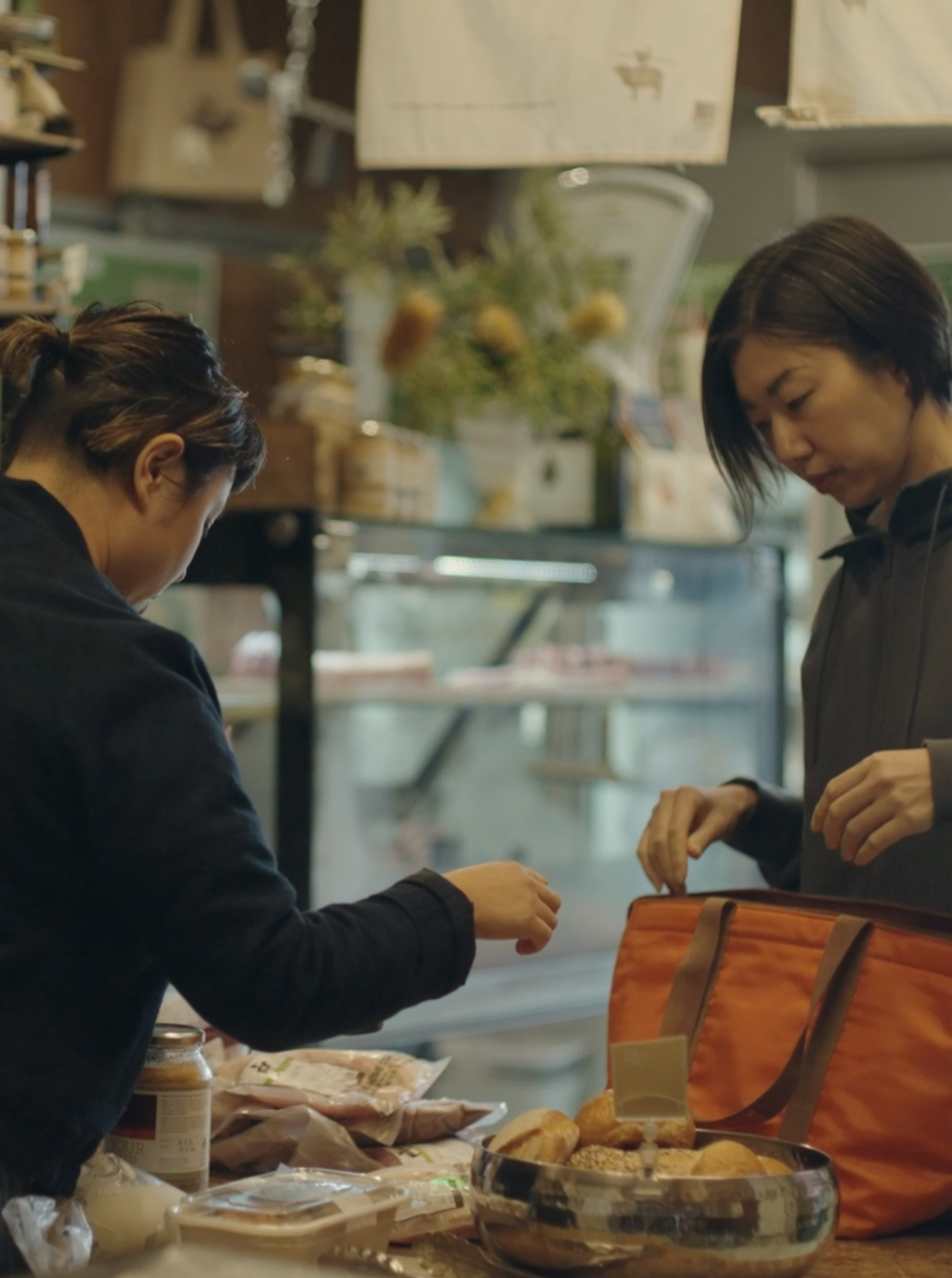
We presume you charge a higher premium for your produce than the average butcher. How has the price premium for your produce been received by customers and how do you see purchasing behavior changing as communities experience increased costs of living?
The price of our products has been an ongoing conversation with our customers, however, we find the people who are willing to engage with the ideas of what we do as a butchery and advocate for, have a framework to contextualize the price. They understand that by paying a fair price at the checkout means they can be assured the farmer is getting a fair price, paired with the quality and integrity of the product. They also understand it means they are invariably avoiding paying the cost later down the chain in environmental reparations and health ramifications from supporting poor quality food. When we are able to explain and communicate messages such as these, we find they are more than happy to pay the price of good food.
Secondly, we ensure that we have an array of options that is appealing to different price points and affordability, ie. you could buy a rib eye steak or you could buy mince. What that means is that you’ll still be able to access good quality, nutritious food, but it is just in a form that is appropriate to what the customer is able to spend at that time or potentially they may purchase a little less meat. And we’re seeing that this is a really important factor at the moment as families and communities feel the financial squeeze but are actively trying to find ways to maintain integrity in their choices and ensure nutritious food is on their tables.
A point of difference to our business is that we allow the farmer to set a price for their produce. This ensures the meat is sold at a price they can afford, and they think is fair. Over 17 years of business, the price they nominate has of course shifted. This is partially due to the increase in awareness of the importance of the work these farmers are doing and so they’re wanting to be recognised fiscally for their environmental custodianship. This approach – working with a fixed, agreed price, outside the mainstream marketplace – means that everyone has consistency and predictability. The farmer will not necessarily gain if the market price climbs, but they also do not lose when the price falls. Our partners are farming for the long term and this works for them.
The more disconnected we are from the sources of our food, the less we understand it and the more we outsource our own nutrition
How do you suggest those of lower socio-economic income make better choices about the ethical and environmental impact of their meat consumption?
In Australia, we now spend more on fast food and entertainment than we do on purchasing nutritious food to feed our families and the percentage of the domestic budget devoted to food is dramatically lower than it was even a decade ago. The more disconnected we are from the sources of our food, the less we understand it and the more we outsource our own nutrition, it is crazy.
However, as a business, we really understand and empathize with the concern families and individuals have around the money they spend on food, especially at the moment when times are tough. We are very invested in supporting every player in the circle, from the farmer to everyone that touches that food throughout the consumption line, and my dream would be that everyone can afford nutritious and well raised meat. Our job is to offer customers really healthy, ethical food, an alternative to the conventional market place. But, in the end, it is a choice people have to make and everything involves compromise. We’re dealing with obesity and other diet-related epidemics so, at some point, customers have to choose to prioritise their health.
Delete your uber eats account and spend the money on real food that keeps you healthy. Choose cheaper cuts from better meat – 500gm of good mince will do more for your body than a crappy pizza and cooking a good meal makes everyone happy. Find a butcher who can actually tell you where the meat comes from.
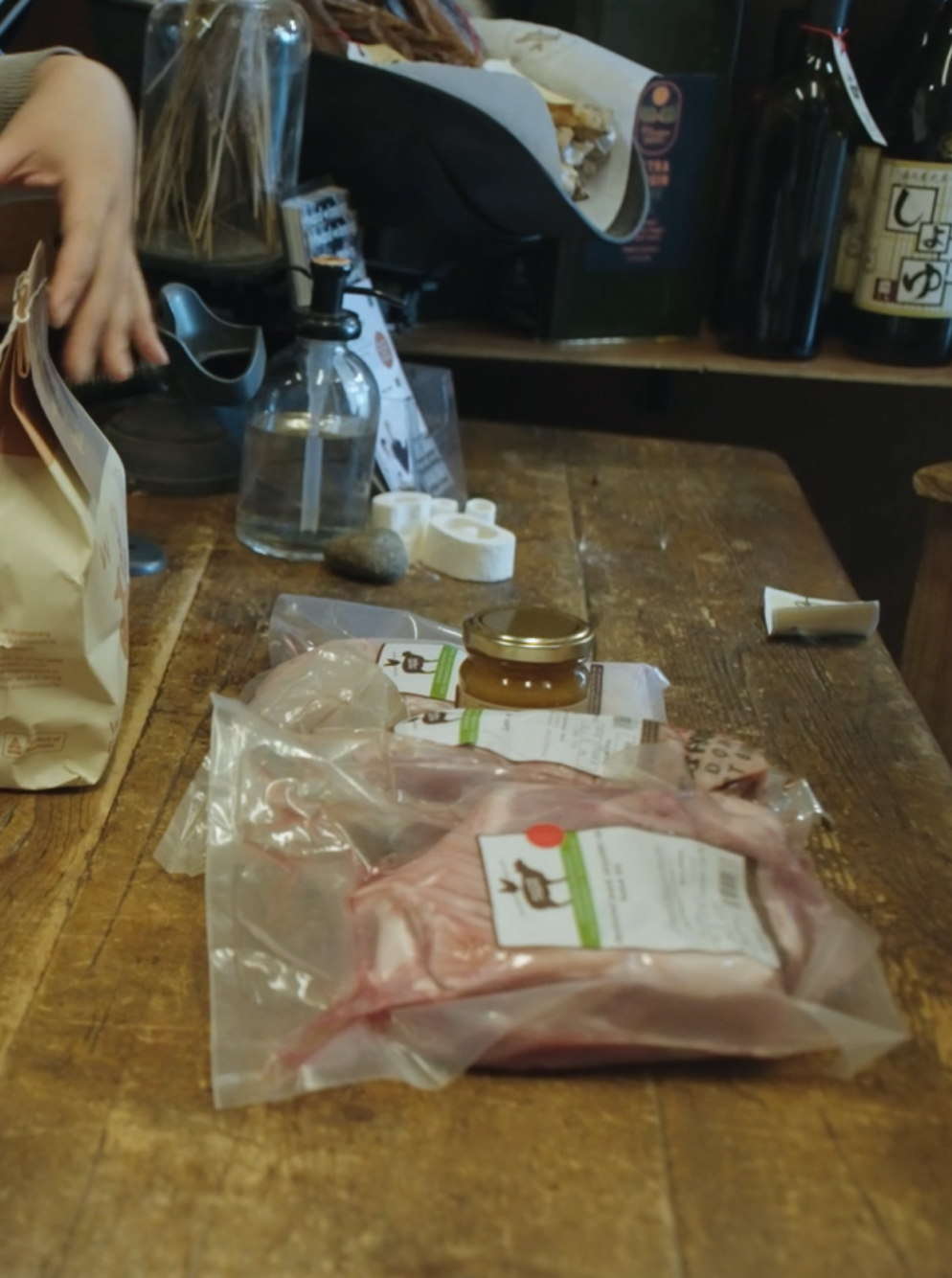

What do you think is required for more growers across Australia to adopt livestock production practices that align with those who supply Feather and Bone? How would more regional infrastructure support this and the growth in diversity and resilience of our growers across Australia?
Following on from the last question, if there is more market demand, then more farmers will adopt regenerative practices – the two are inextricably connected. Consolidation of the meat industry has been a big factor to this challenge we currently face. It used to be the case that it was easy for a farmer, especially a small scale farmer, to find an abattoir that will not only take the numbers that they wish to be taken to market but also were within a distance that was appropriate for transport. Unfortunately, now a lot of the focus is on large markets such as international trade in livestock and this has resulted in huge consolidation in the meat and processing industry. So there are now fewer, but larger, abattoirs and small batch kills that are not economical. So this has most definitely had an effect on the producers that we work with.
Fortunately, were seeing a few things come out of the woodwork to combat this such as micro-abattoirs on farms, an increase in meat co-ops and the idea of mobile abattoirs all of which help address that we as a populous live across a vast stretch of land and a lot of farmers find it challenging to get their products to us.
Unfortunately many Australians are not able to access the food that is being grown locally as much of it goes to the cities to be processed and consumed. I believe that a part of the pathway towards solving this challenge is the idea of localisation – supporting smaller, shorter supply chains. This is the model we’ve worked with for 17 years – source as locally as possible and then limit the supply chain to two or three stops at most. It is beneficial for the farmers but also for us as there’s a clear line of sight – we can supervise and ensure things are being done properly. We need to encourage this style of trade and consumption.
Would you wish for other butchers to replicate your model and if so, is there anything you would change?
Yes I would, however, the logistics of adopting the purchasing of the whole animal is very challenging when you’re a small operation. Now, 17 years into the business we have more suppliers, producers, consumers etc so it’s not as much of a struggle. However, earlier on it was a challenging element. In saying that, I acknowledge that not all butchers have the capacity for the amount of investment that running a smaller, whole animal butchery requires which is completely understandable but I would love to see more butchers operate like we do. And to do this we need to see more localisation and greater strength in supporting our communities and the businesses operating locally within our communities.


How do you as owners of Feather and Bone Butchery feel about the rise of alternative lab grown meats? In a time of mass information and misinformation, do you feel as though the Australian populace is being exposed to a sound understanding of both the livestock industry and the lab meat industry?
Personally, I don’t understand why anybody would choose a highly processed product over a product that has integrity and demonstrated to be full of nutrition and goodness. From a health perspective it doesn’t make sense to
me. We really do not understand the complex interactions that occur in natural farming systems – the network of soil, plants, insects and animals – so I cannot see how we can make something that even closely approximates the benefits of eating naturally-grown food that we’re evolved to eat. I am yet to see any really convincing evidence that laboratory meat is nutritionally superior to an animal based meat source. Then there are a host of ethical questions around the ownership of the technology, the environmental and cultural impacts and so on.
I think what we really need to focus on is the larger challenge of making our country healthy. At the moment we currently have a very large portion of Australians that would be classified as unhealthy and on a trajectory towards chronic disease. We’re seeing this more and more within our children. For me, it doesn’t make sense to feed such communities further processed food. Instead we should be feeding them food that is coming out of natural systems that our bodies have been designed to absorb, whether it be plants or animals.
I also think, if you don’t want to eat meat then that’s completely fine. Focus on eating really high quality vegetables and not a processed alternative trying to replace it. And instead of this being a conversation around what we do and don’t eat, we need to start having conversations about the quality of whatever it is we do eat. Lab meat is more about the quest for profit and the new markets than it is about feeding the world or saving the planet.
What does regeneration mean to you?
Regeneration is a state of mind. It is about flexibility, humility, generosity, agility, inventiveness, optimism – all anchored in an understanding that our survival depends on accepting that we are part of, not apart from, nature.

Support empowered storytelling
Your support helps us accelerate the transition to a regenerative farming future.
Follow on Instagram
See what’s been going on at Feather and Bone.
Special offer
Feather and Bone’s Christmas offering is available now.
